Feather vs. Memory Foam Pillows: Pros and Cons
You can spend weeks researching your new mattress, finding the very best comfortable bedding and even following expert bedroom sleep hygiene, but without the right pillow, all of this sleep research can be in vain!
What makes a good pillow?
A good pillow is like a supportive sidekick for a restful night’s sleep, silently working its magic to ensure you wake up refreshed and ready to conquer the day. It’s all about the perfect balance of comfort and support, cradling your head and neck in a blissful embrace.
Whether it’s the luxurious fluff of feather pillows or the contouring prowess of memory foam, the ideal pillow will:
- Adapt to your unique sleep style
- Be durable and last longer than a few months
- Have breathability so your head doesn’t overheat
- Be hypoallergenic if you suffer from dust or other sleep allergies
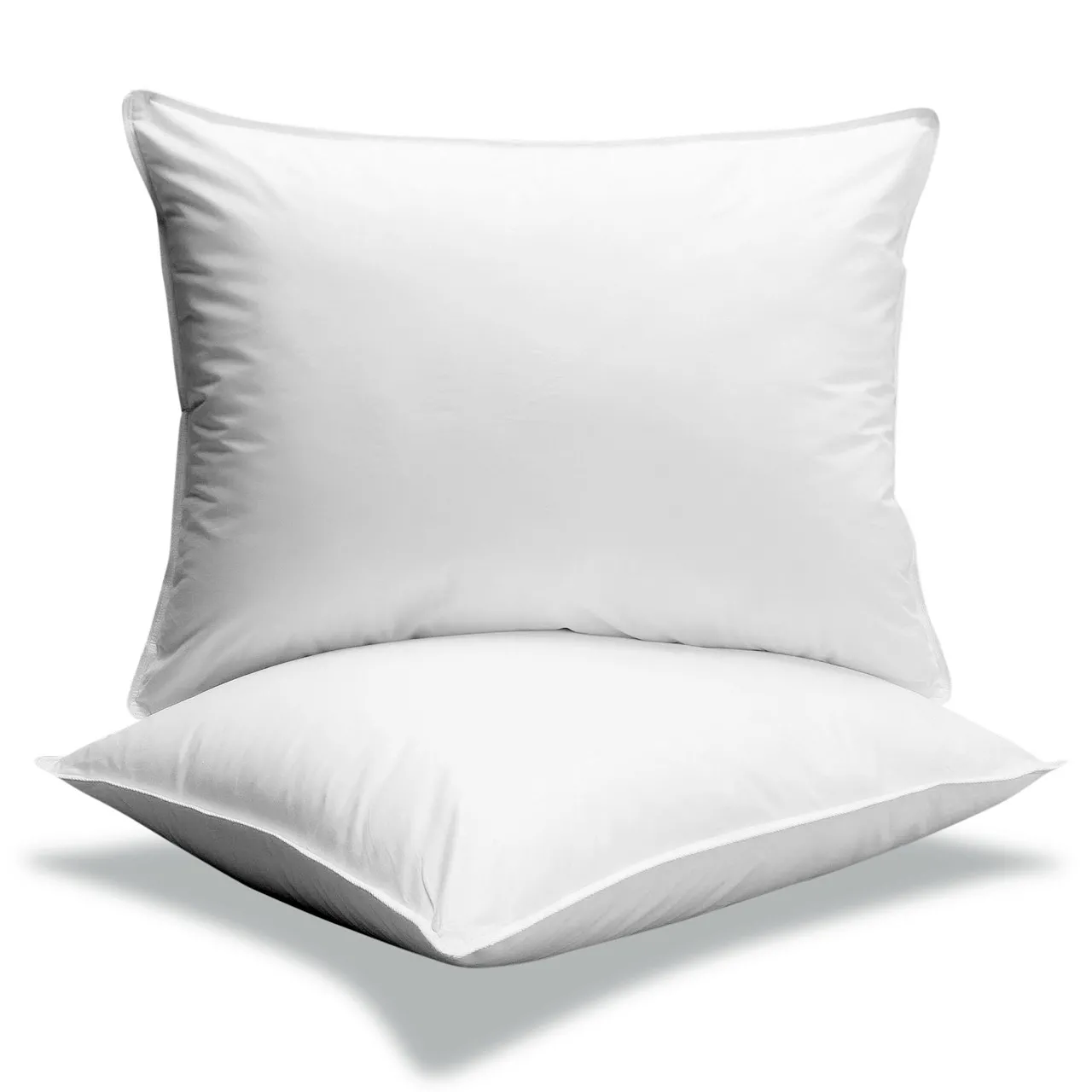
So, when it comes to your nightly repose, invest in a pillow that will last the test of time and keep you sleeping soundly. The biggest question often asked here at John Ryan by Design is which is best, a feather pillow or a memory foam pillow? Let’s dig deeper into the world of pillow types and which will suit you best.
Feather Pillows
Feather pillows, traditionally filled with the outer feathers of ducks or geese, have been a longstanding choice for many sleepers. Feather pillows offer a soft, highly breathable and mouldable shape that can accommodate any type of sleeper or head shape.
Feather pillows are probably the most mouldable and easy to shape for your preferred neck support at night but they are also some of the most expensive as well.
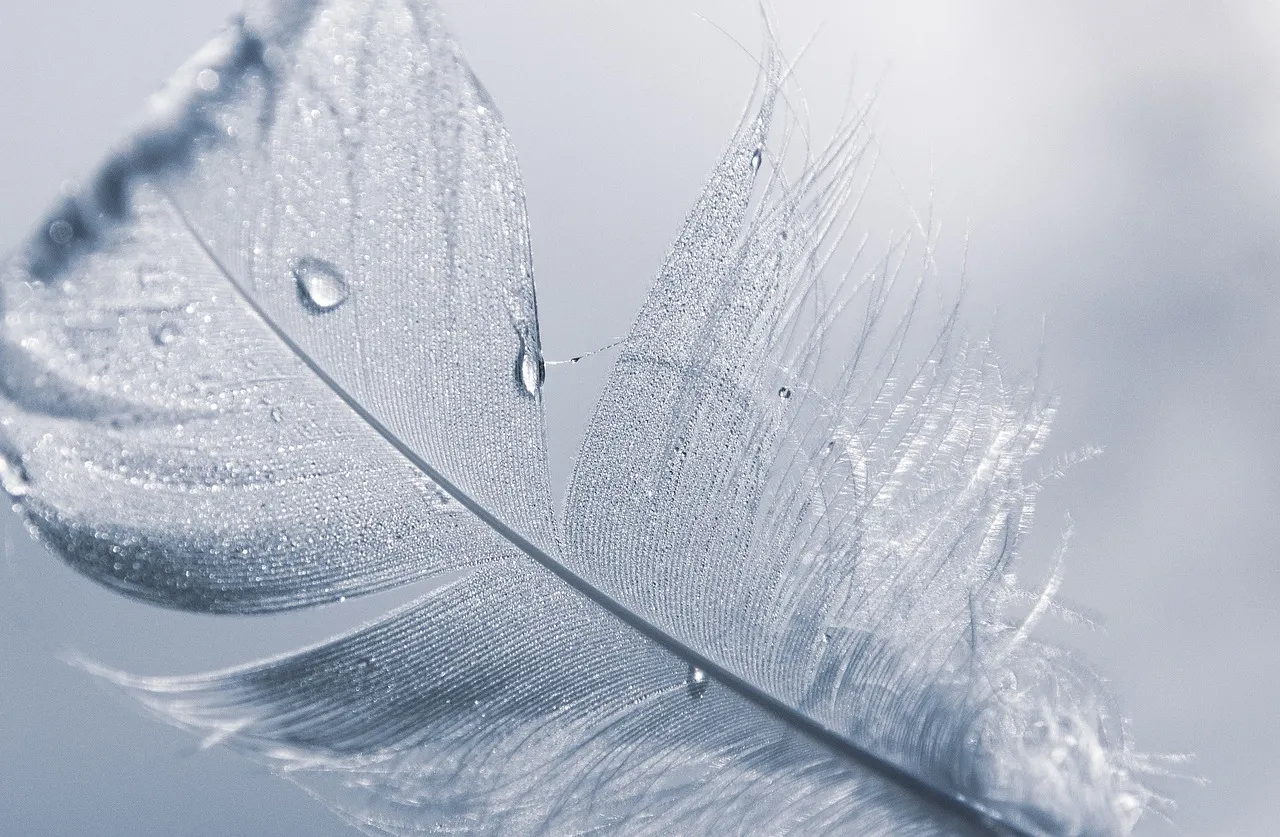
Pros of Feather Pillows
Feather pillows are one of the oldest pillow types and are probably the most popular worldwide for people who value a good night’s sleep. Let’s take a look at why feather pillows are so highly prized.
1. Softness and Loft
Feather pillows are known for their soft and malleable nature, providing a plush and luxurious feel. The loftiness of feather pillows can be adjusted by fluffing or compressing them to suit personal preferences. Meaning you have more choice as to the lift or sink you experience when putting your head on a feather pillow. This loft makes them feel light and airy.
2. Natural Breathability
Feather pillows tend to be more breathable compared to some synthetic materials, promoting better airflow and temperature regulation during sleep. This is because the feathers provide air spaces between them and their quills leading to a very open pillow structure where air flow and heat can dissipate (move around or be released) during the night.
3. Durability
Well-maintained feather pillows can have a longer lifespan than some other pillow types, making them a cost-effective choice in the long run. This is because the feathers are a naturally resilient fibre which can cope wit extremes of temperature and humidity without breaking down. All sleepers will sweat and transpire during the night so fibres such as feathers that can cope with these changes in humidity will last far longer than other synthetic fibres that may even start to break down under these conditions.
Cons of Feather Pillows
It’s not all floating on a cloud when it comes to sleeping with feather pillows. There are several draw backs which may make feather pillows unsuitable for you and in some cases a nightmare to sleep on.
1. Allergies
Individuals with allergies may find that feather pillows trigger reactions. Feather pillows can harbour dust mites if not cleaned and aired regularly and allergens, potentially causing discomfort for those with sensitivities. If you have dust allergies these pillows can cause sleep issues. Especially over time, the feathers will become brittle and the tips of the fibres can break off causing feather dust or feather dander to become an allergen when sleeping directly on top of it. (This is why Ryan can’t sleep on feather pillows and prefers a latex pillow instead!)

2. Compression and Clumping
Over time, feather pillows may compress and lose their loft, leading to a less supportive sleeping surface. Additionally, feathers can sometimes clump together, creating uneven support. This is why daily reshaping of the pillows each morning and evening is essential. Cheaper feather pillows will compress quicker as they are not often as well-filled as quality feather pillows so it’s worthwhile investing to make sure they last.
3. Maintenance
Feather pillows may require more maintenance than other types. Regular fluffing and occasional shaking are necessary to maintain their shape and loft. As is cleaning and hygiene with feather pillows. Vacuuming them once a month to remove feather dust or dander is advised along with flipping them regularly to even out compression. Putting feather pillows on a warm air cycle in a tumble drier for 10 minutes can both help reduce dust and revive quality feather pillows.
Memory Foam Pillows
Memory foam pillows, made from vascoelastic foam (not to be confused with viscoelastic), have gained popularity for their unique properties. The term vasco elastic refers to the foam needing heat to mould, and because of this it starts off firm when cold and softens as it warms up. The very nature of memory foam is that products made of his foam retain heat and stay far warmer than other natural fibres or polyester.

Here are the pros and cons associated with memory foam pillows.
Pros of Memory Foam Pillows
Memory foam pillows have swamped the market mainly due to their cheap price point and the fact they can be man-made at a rapid pace in factories across the world and then shipped anywhere as they can be compressed to a tiny volume compared to their original size (we discuss why crushing any mattress or pillow is a no no here).
1. Contouring Support
Memory foam pillows are renowned for their ability to conform to the shape of the head and neck, providing personalized support and alignment. This feature can be particularly beneficial for individuals with neck pain or stiffness. Memory foam and vasco elastic foams warm up slowly and soften which enables them to mould to the warm shape (head or body) placed on them. They are slow to react so will slowly mould, meaning if you need to turn your head a lot they can be slow to respond so it depends on whether you’re a fidgety sleeper or not!
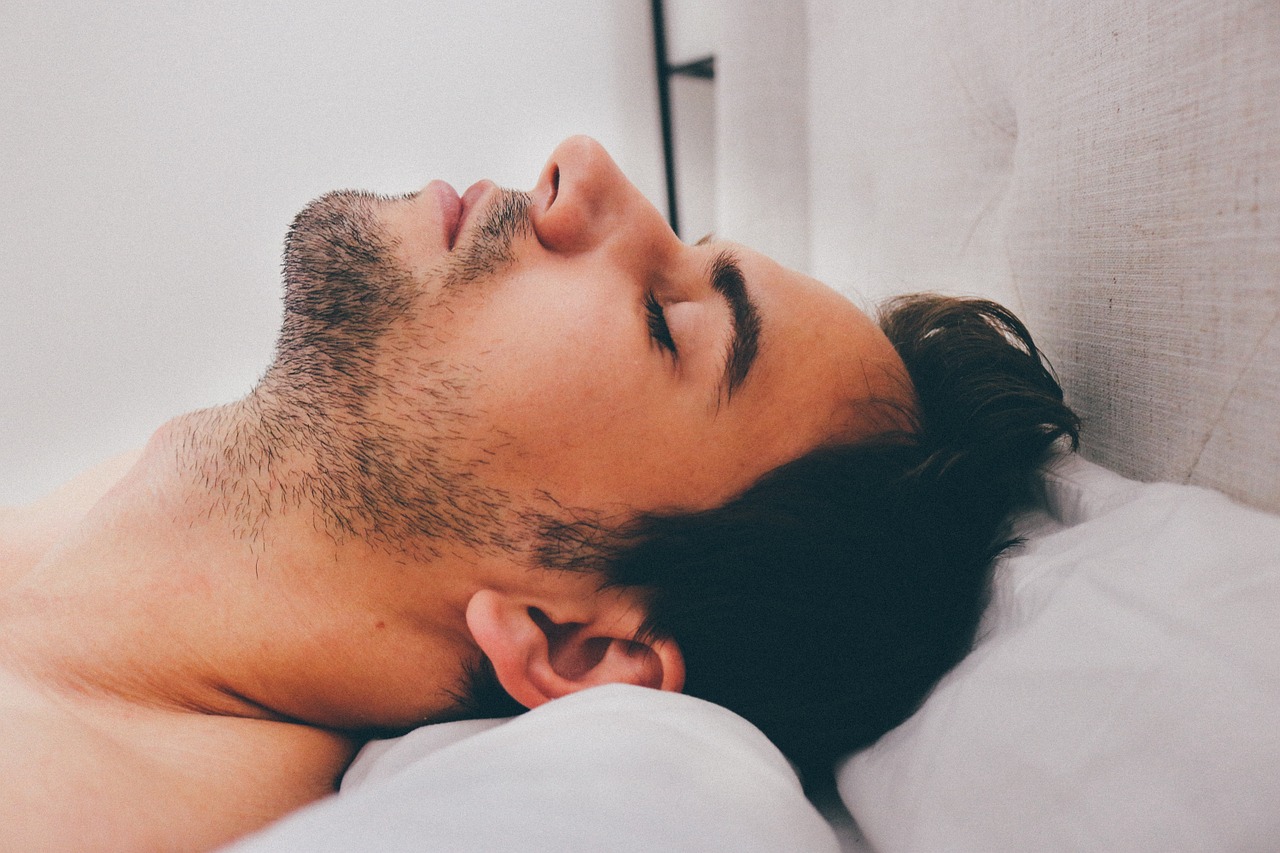
2. Hypoallergenic Properties
Memory foam is naturally resistant to dust mites and other allergens, making it a suitable option for those with allergies. This is because memory foam is entirely synthetic and chemically man-made. However, the pillowcases you put on it usually are not, so dust, sweat and skin often get caught in these cases and can remove or reduce the hypoallergenic properties of memory foam which is why weekly bedding cleaning and mattress hygiene is essential with a memory foam pillow.
3. Durability
High-quality memory foam pillows are known for their durability and resilience, maintaining their shape and support for an extended period. The key to a quality memory foam pillow is knowing the density and hardness of the foam. This refers to the firmness and ultimate quality of the foam. The higher the density ie 60kg the firmer. Cheaper memory foam pillows can be one of the lowest quality materials for longevity, so you do get what you pay for.
Cons of Memory Foam Pillows
Whilst memory foam pillows are arguably very popular, due to the price point, they do have some serious draw backs which you need to be aware of before making the leaf from feather or polyester pillows.
1. Heat Retention
One common concern with memory foam pillows is their tendency to retain heat. This is because the foam needs heat to mould and then it retains the heat when the sleeper is pushing down on it. Memory foam is the least breathable of all mattresses and pillow materials so is the hottest. Some individuals may find them uncomfortably warm, especially if you’re a hot sleeper or sleeping in warmer climates.
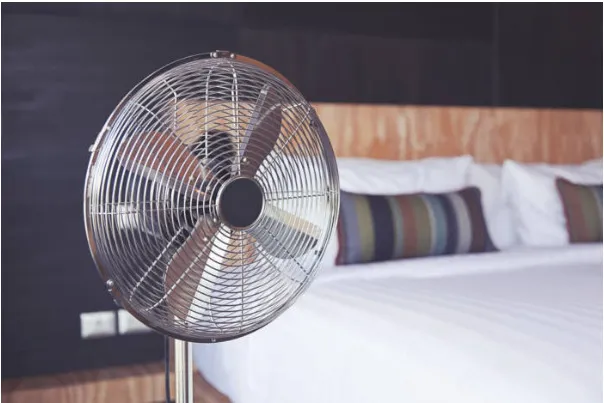
2. Initial Odor, Smell & Offgassing
Memory foam pillows may emit a temporary chemical odour, commonly referred to as “off-gassing,” when first unpacked. This is because the volatile organic chemicals are expelled from the foam. This is in part because the synthetic chemical foam is often vacuum-packed for transport, so when you get the pillow there has been nowhere for the VOC or gasses to go. This odour usually dissipates over time, but it can be bothersome for some users and can even be so strong that it causes headaches and sleeplessness in certain people.
3. Price
The cost of memory foam pillows is a tricky one. You can buy super cheap memory foam pillows at bargain prices or pay far in excess of even a latex pillow depending on the brand. So whilst in some cases they are better ‘initial value’ the quality levels are vast. Quality memory foam pillows can be more expensive than their feather counterparts, potentially posing a budgetary constraint for some consumers. Especially if you pick a high-density memory foam pillow that is firm enough to last longer than 6 months of use.


Which is best feather or memory foam?
Picking pillows is a very subjective matter, a bit like choosing the perfect mattress to get the ideal pillow material and firmness that suits your sleep style. There’s also a lot of subjectivity about both feather and memory foam as pillow materials. If you have a feather or dust allergy that will mean that feather pillows are out of the question. Which may lead you to hypoallergenic memory foam.
Whilst memory foam itself is hypoallergenic as a material the pillowcases and bedding are not as they can harbour dust. So soon enough the hypoallergenic pillow can become allergenic. (Bet you hadn’t thought of that!)

So it must be kept in mind that dust allergies will still be present with memory foam pillows. This is because dead skin, sweat and other bedroom dust will still settle on your pillowcase and pillow protector. This means that weekly bedding washing and maintenance, a 60 degree wash and dry are essential to remove dust mites and dead skin.
If you’re looking for the most flexible and mouldable pillow a feather one does win hands down. The fact its made from natural fibres also means you avoid sleeping on top of chemically manufactured man-made foam too. If your feather pillow needs reviving a simple warm air spin for 10 minutes in a tumble drier can help revive it and remove feather dander or dust.
Pillow comfort is a subjective subject matter but now you know the main differences between feather pillows and memory foam you can make a more informed decision about which pillow type is best for you at night. If it’s breathability and natural fibres then a feather pillow is the winner, however, if you have allergies a memory foam pillow is better. With both, it is a case of spending on the quality of the pillow rather than cheap bargains as they always last longer!
Do you have questions about mattress care and maintenance? Want to swap your old uncomfortable mattress for a more suitable new mattress? Then why not get in touch with our friendly team of experts on 0161 437 4419. You can also browse our online shop of handmade luxury mattresses.

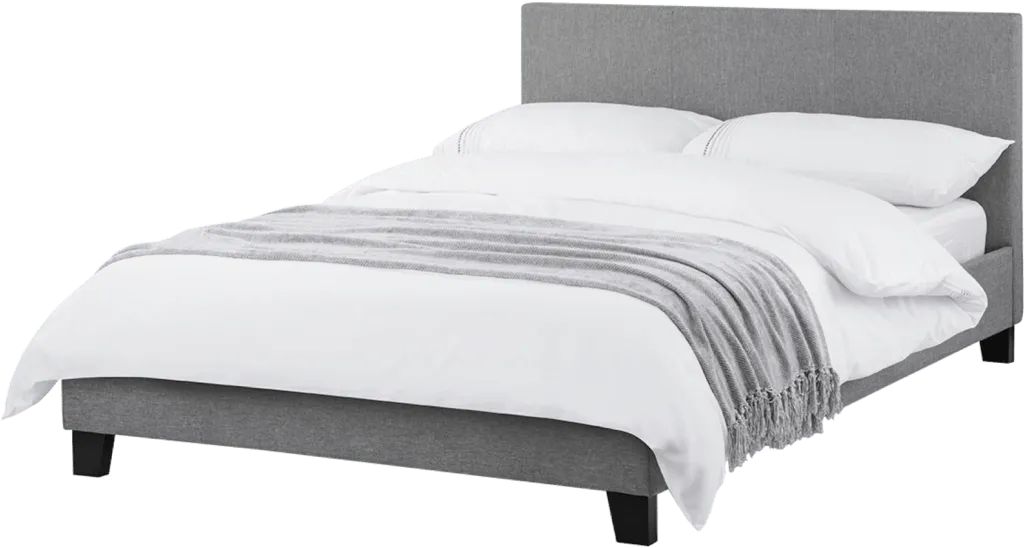
Ask us a question.
There are over 6000 questions and answers submitted by you on all questions about mattresses and bed problems. Enter a keyword such as Vi Spring, John Lewis beds, bad back or Memory Foam and see if your question has already been answered.
You can filter popular questions by the categories below. If you can’t find an answer, ask a new question below. We aim to respond to all questions within one working day.




































 Mattresses
Mattresses  Take our mattress quiz
Take our mattress quiz  Contact
Contact  About us
About us 



